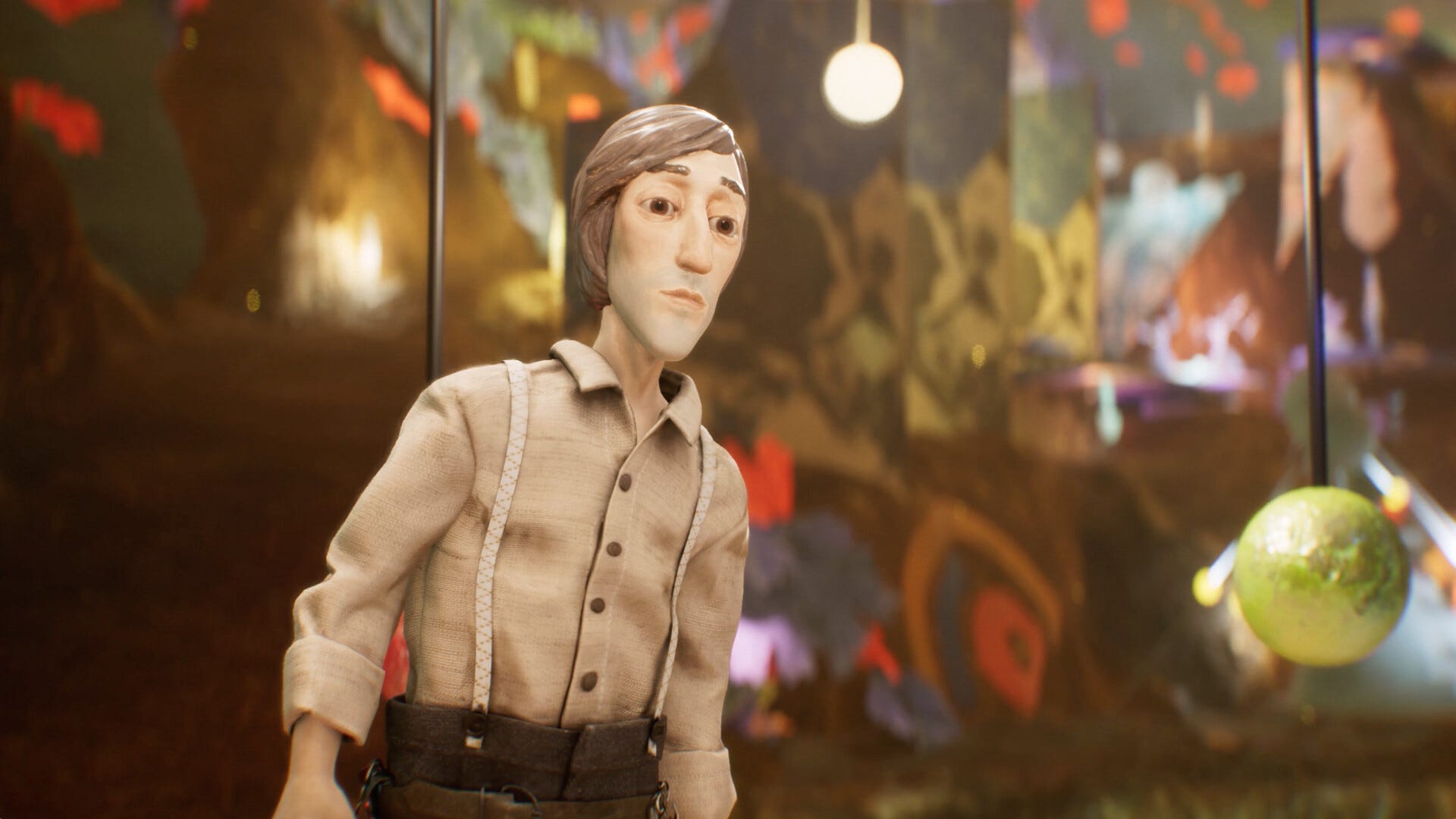Civilization 7 pairs seismic changes with a lovably familiar formula

The opening to Firaxis' big Civilization 7 presentation is wonderfully on-brand: a quickfire history lesson from Ed Beach, lead designer, on the many historical layers of the City of London. Beach is one of the rare cases of a lead designer on Civilization staying in charge across multiple entries, having overseen Civ 6 before Civ 7, and who's worked on the series since long before that. A physicist turned game designer – Beach also worked on the launch of the Hubble telescope, a key part of the Civ 6 scientific victory – he's also a self-confessed history nerd. As quickly evidenced.
Stood in front of a room of eager press waiting to hear the first bit of real information about a new entry to the series, Beach instead opts to pull up a map of London, under Roman rule, sourced from Encyclopaedia Britannica. Pointing to the ancient town's strategic position on the river, he wonders aloud about how the Ludgate, in the settlement's western wall, might have acquired its name. "We're not sure what it's named for. We think it might be called Ludgate because there was a Welsh king who lived out that direction called King Lud."
Then, it's a progression into mediaeval times, with Beach pointing out a river previously outside the Ludgate and how it's now changed to be within the city boundary. "They've actually taken the Fleet River and sort of diverted it, to make a cool little moat around their mediaeval prison…" Then, a slide showing the factories and railway lines rapidly developed during the 19th century, the river-moat now fully built over, as Victorian Britain clamoured for more usable land. "It's not even visible anymore, because they needed to respect what was going on with the Industrial Revolution."









.jpg?width=1920&height=1920&fit=bounds&quality=80&format=jpg&auto=webp)





